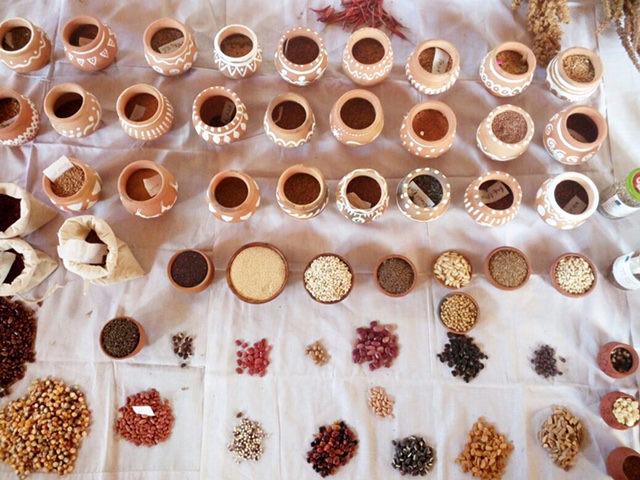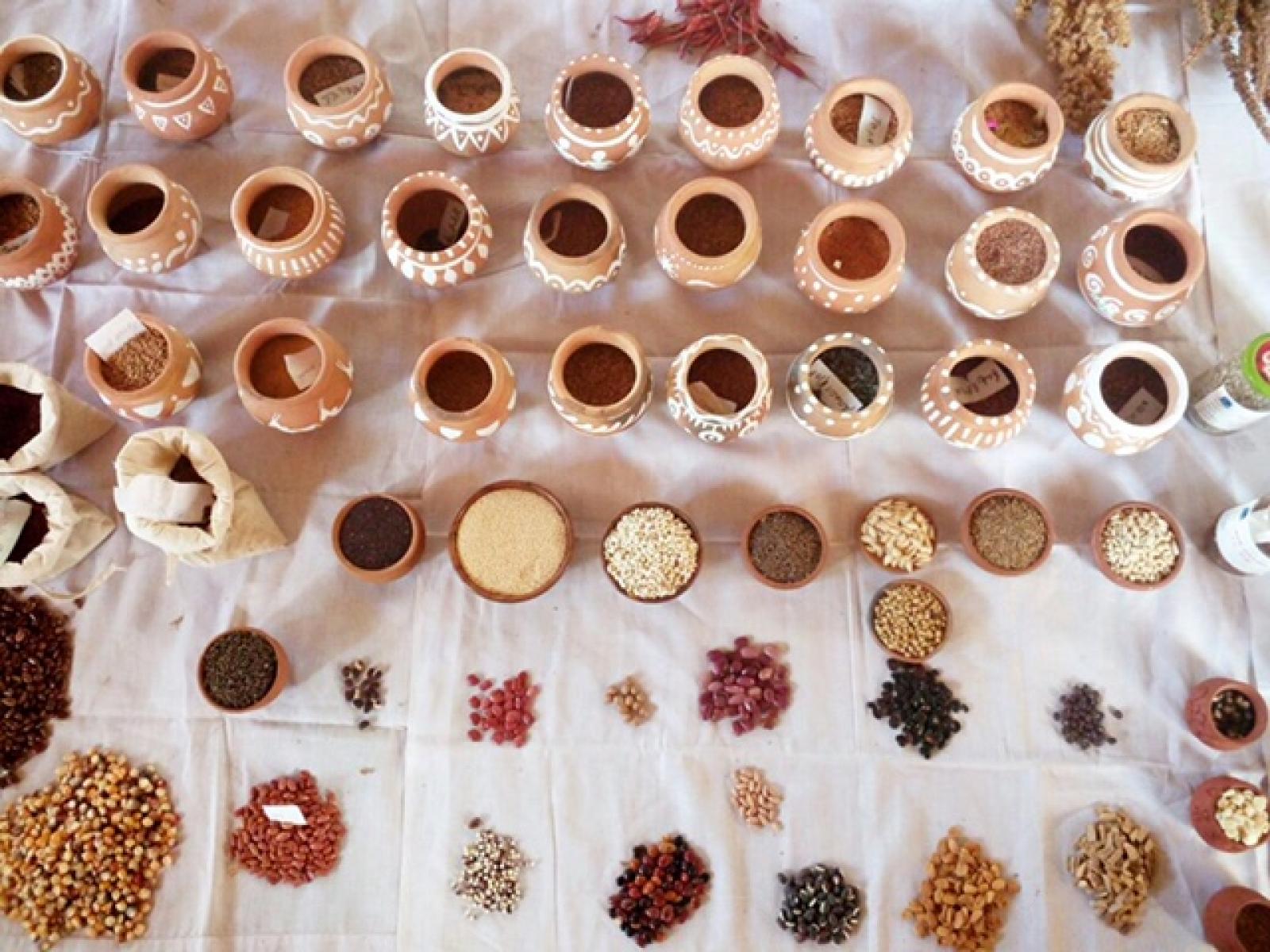An Overview Of Our Solution
- Population Impacted:
- Continent: Asia
Organization type
Population impacted
Size of agricultural area
Production quantity
People employed
Describe your solution
Describe your implementation
External connections
What is the environmental or ecological challenge you are targeting with your solution?
Describe the context in which you are operating
We operate in Karnataka state, where 56% of the population is involved in farming. Agriculture here is monsoon dependent, and droughts have become recurrent; some districts are facing more than 10 consecutive drought years. Ground water is fast depleting too, impacting farmer’s ability to farm or keep livestock. Like the rest of India, Karnataka has been reeling under an agrarian crisis characterized by indebtedness and rising farmer suicides. 77.3 percent of all agricultural households in Karnataka are indebted, which is higher than the national average of 50.1. Debt has been linked to farmer’s suicides, and is spread across all classes of farmers. Karnataka has recorded the second highest number of farmer suicides in the country. In 2015-2016 it broke all its previous records at 1002 farmers suicides in that year. The agrarian crisis consists of ecological factors – like climate change, drought/water, biodiversity loss, loss in soil fertility, as well as social factors – fall in farm income, indebtedness, suicides, and migration. The focus on monoculture market crops has negatively impacted food security, and 1.2 million children are malnourished.
How did you impact natural resource use and greenhouse gas emissions?
Language(s)
Social/Community
Water
Food Security/Nutrition
Economic/Sustainable Development
Climate
Sustainability
So far, the day to day functioning of our training center has depended on a grant from the state. We have also received three small grants from some foundations to start our seed program and build our seed bank. However, most of the funds for our agroecology trainings have come by mobilizing resources from the community- donations, donations in kind like food, free accommodation, volunteers, etc. We also sell our own produce directly to consumers and the income from those sales is use towards our activities. While we encourage and are able to carry out activities by self-financing through methods described earlier, we also need a stream of steady income to supplement our work and bring some security, as we are still a young institution.
Return on investment
Entrant Image

